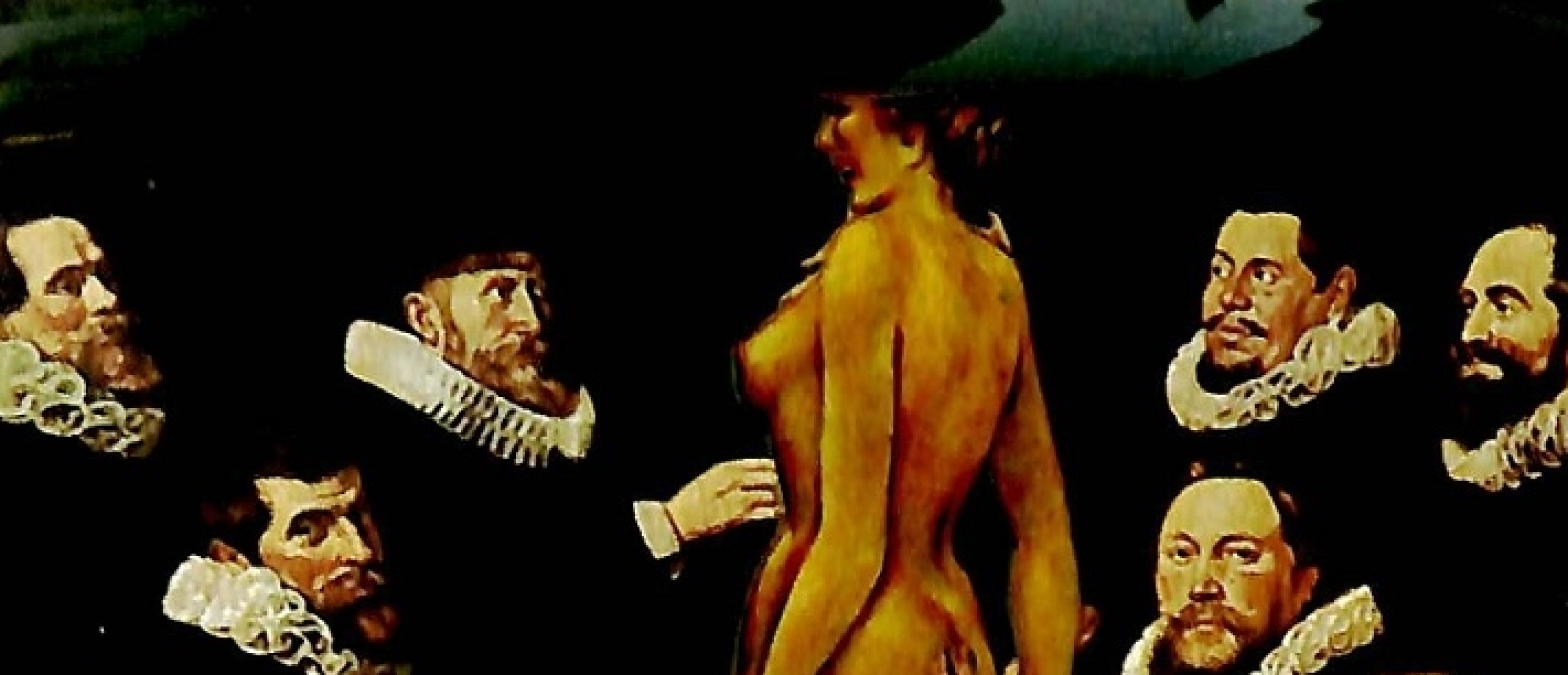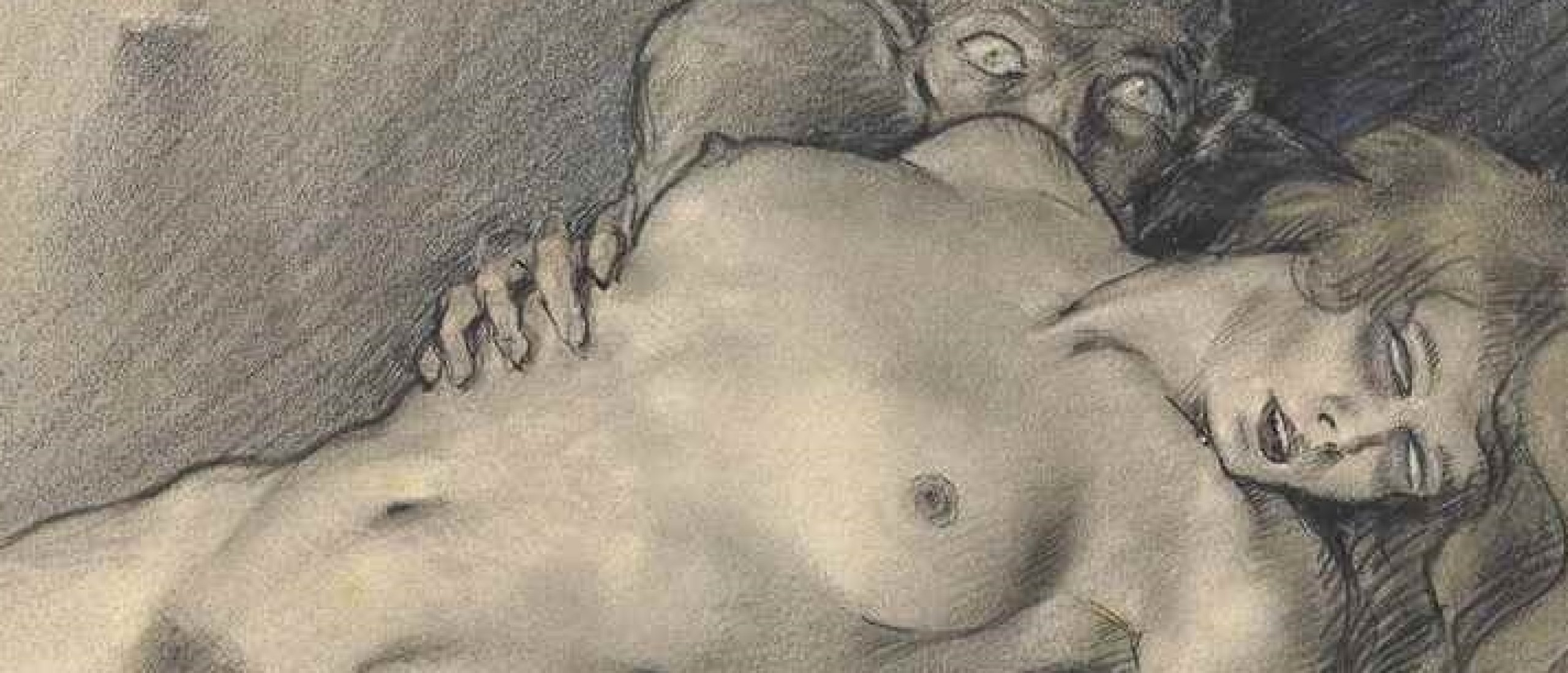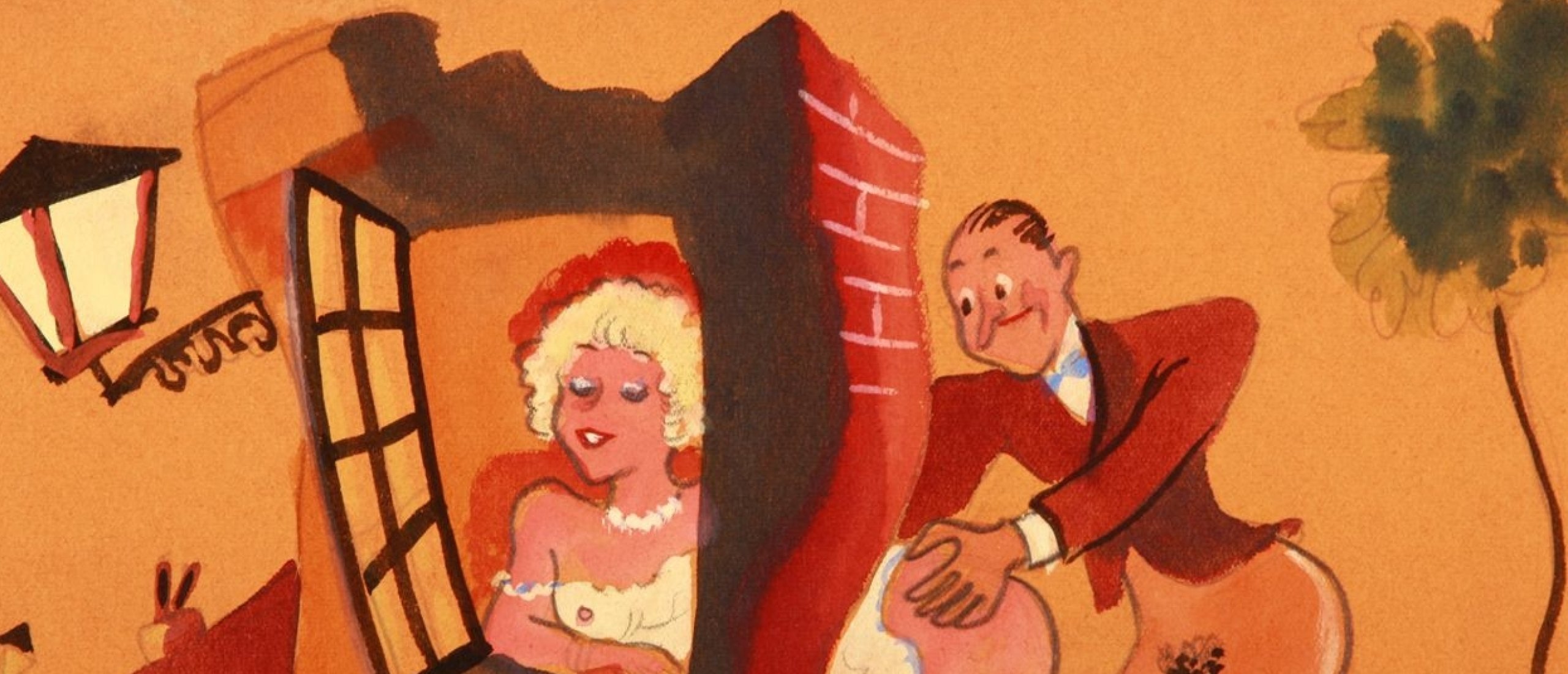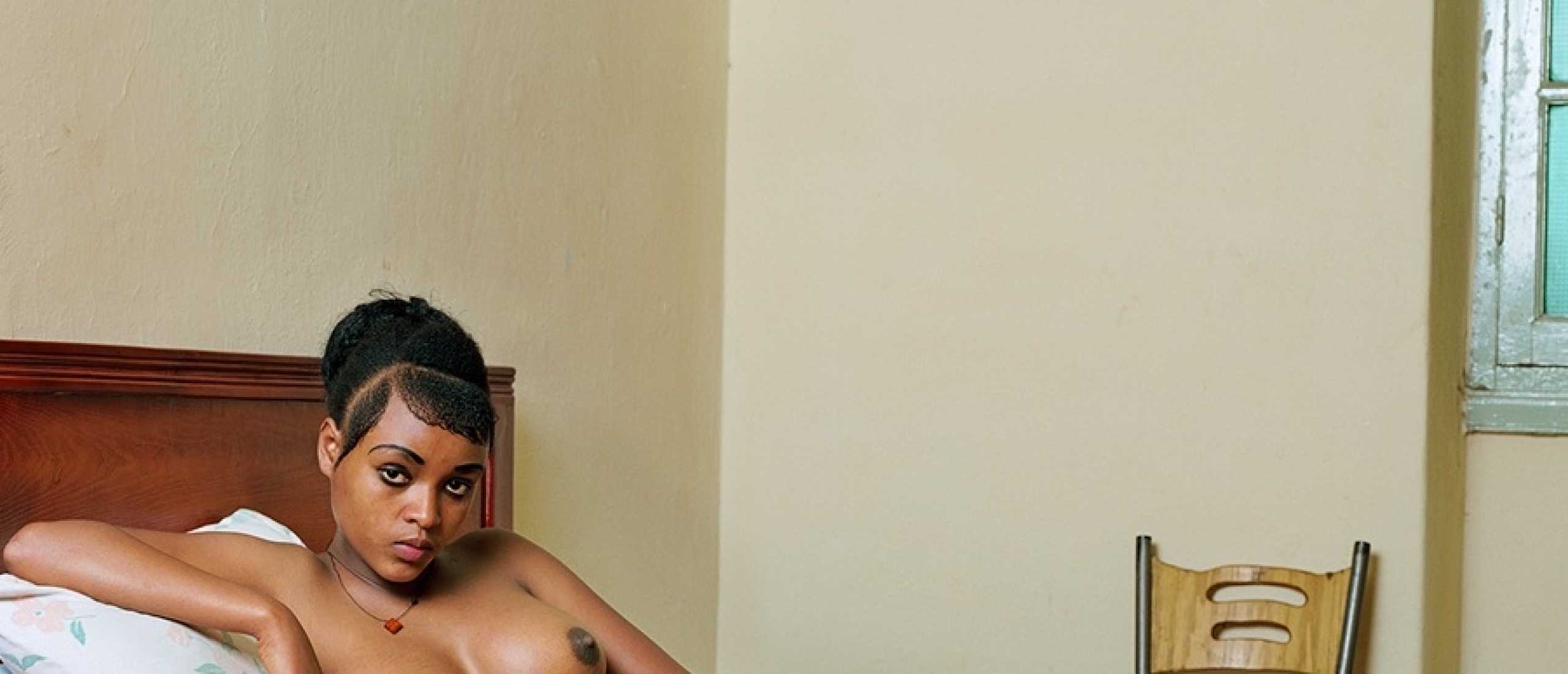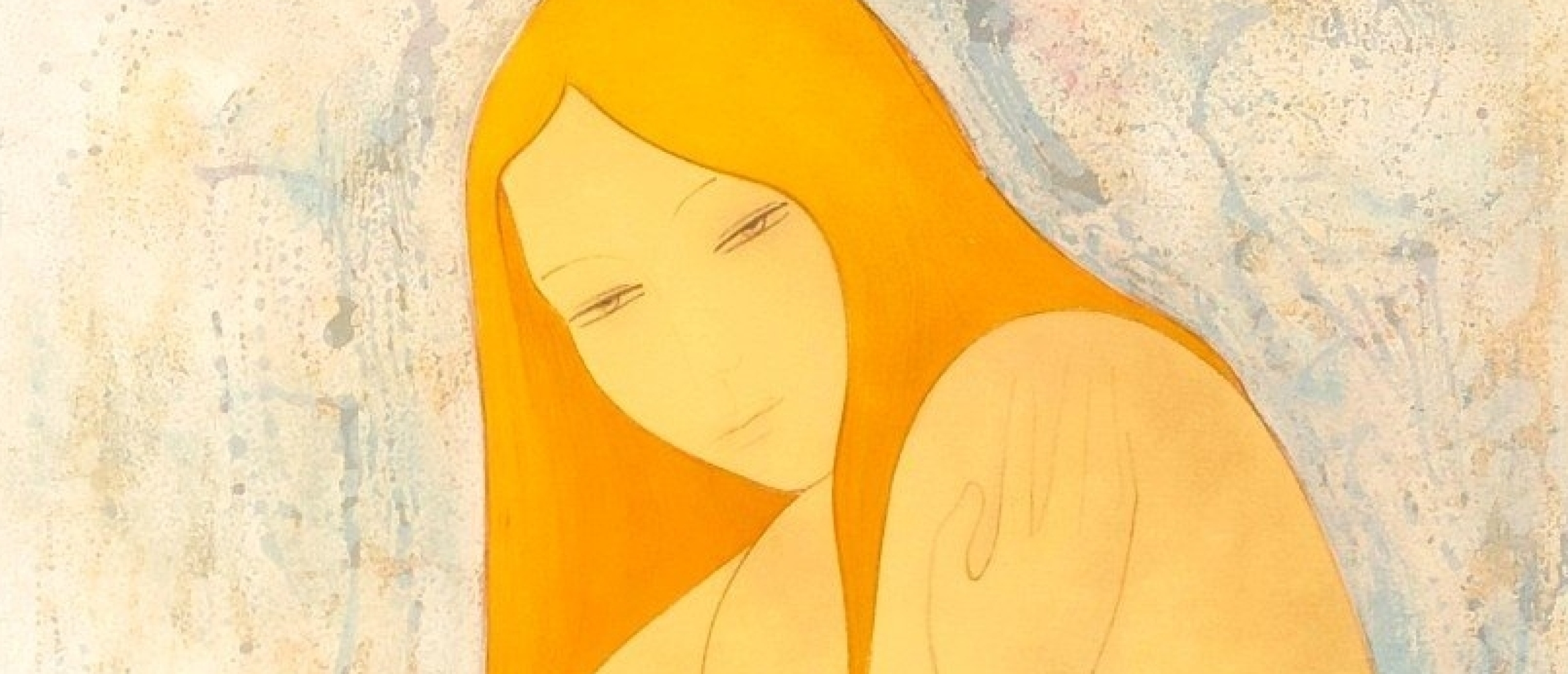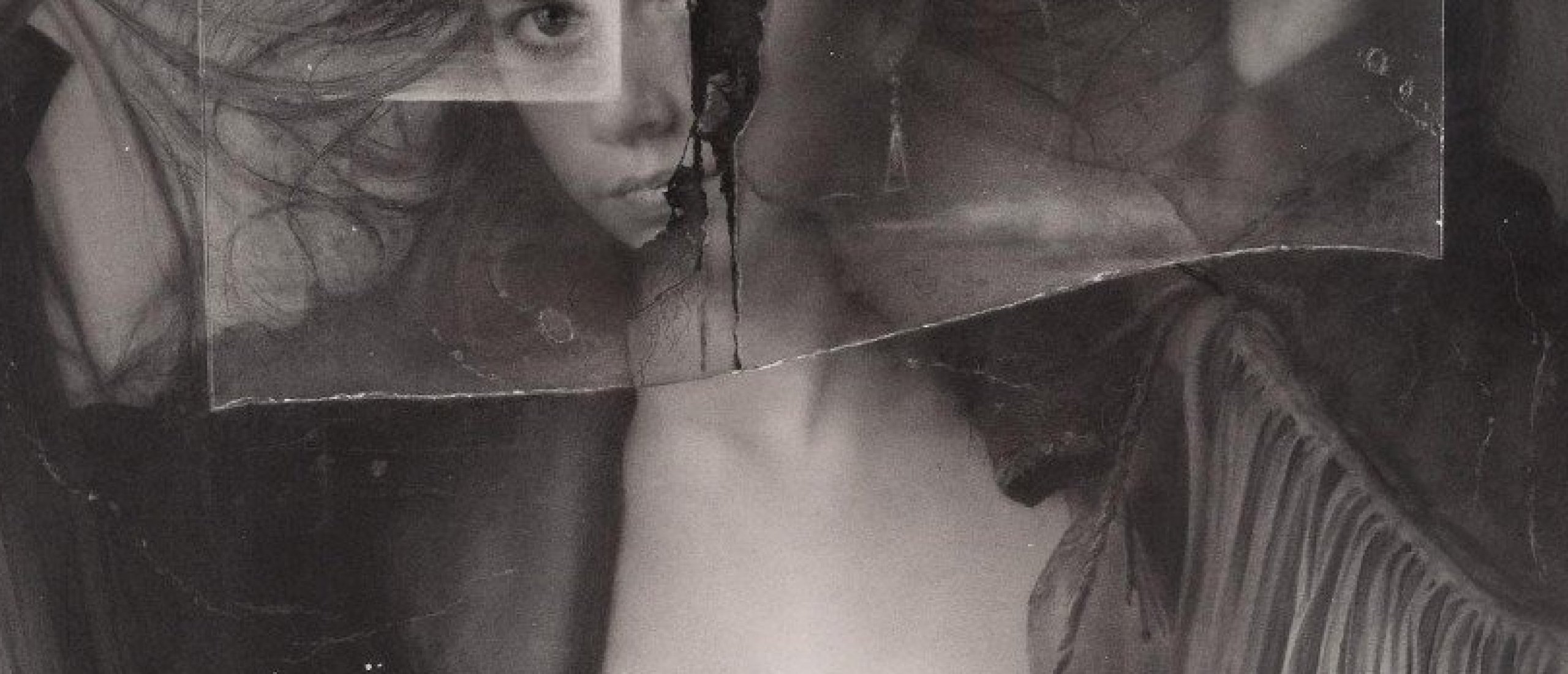
The figure of the courtesan has always occupied an interesting place in the visual arts; she is at once desired and scorned, idealised and judged, the shining star of many canvases and yet marginalised in society. These lyrics from Daryl Hall and John Oates’ 1982 hit ‘Maneater’ came to my mind in connection to the representations of prostitutes and courtesans in art: “She'll only come out at night/ The lean and hungry type/ Nothing is new, I've seen her here before/ Watching and waiting/ Ooh, she's sitting with you, but her eyes are on the door/ So many have paid to see/ What you think you're getting for free/ The woman is wild, a she-cat tamed by the purr of a Jaguar/ Money's the matter/ If you're in it for love, you ain't gonna get too far/ Oh-oh, here she comes/ Watch out, boy, she'll chew you up/ Oh-oh, here she comes/ She's a man-eater/ (…) Ooh, the beauty is there, but a beast is in the heart”
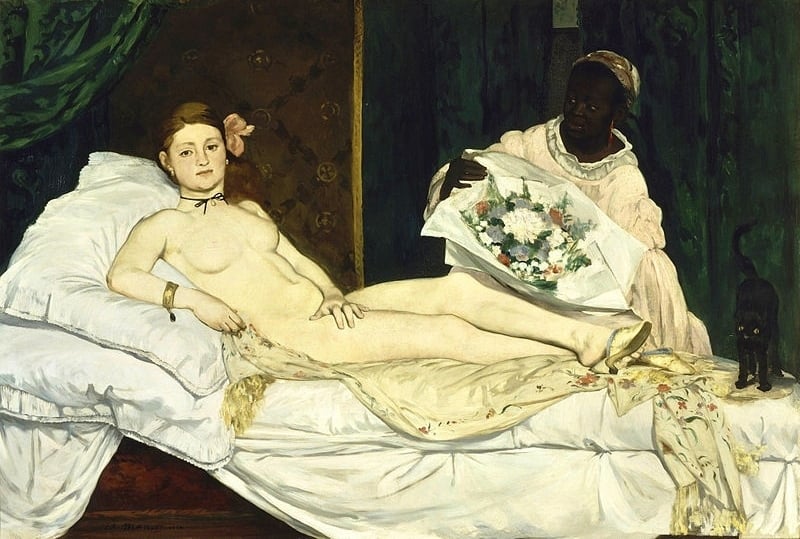
Fig.1 Edouard Manet, Olympia, 1863
Mecca For the Nightlife
One painter famous for his depictions of prostitutes was the French painter Henri de Toulouse-Lautrec. The fin de siècle Paris was the mecca for the nightlife; the nightclubs, cabarets, brothels and cafes were places where decadence and desire intersected. Lautrec not only painted prostitutes, but also befriended them, and moved in their circles. Prostitutes appear in the Indian miniature art as well, but they aren’t always depicted naked or in an erotic way. Their depiction did influence my selection for this article; they had to be naked or semi-naked, or there had to be an erotic component to the artwork, not just a title ‘courtesan’ or ‘prostitute’. Many of the models throughout art history were, in fact, prostitutes for a simple reason; they weren’t shy to pose naked and often they could be very beautiful as well. The model for Titian’s ‘Venus of Urbino’ (1538) was likely a high-class prostitute as well. Some of the models for the Pre-Raphaelite painter Dante Gabriel Rossetti were also Victorian prostitutes, but they are not presented as such in his paintings and that is why I haven’t included them in this selection. I think what fascinated artists about prostitutes was the fact that they always remained socially liminal; they were never fully accepted and a part of the community, but they weren’t entirely ostracised either. Everyone knew they were around. In a way, a prostitute was as much an outsider as an artist was. It could also be the case sometimes that a girl is taken advantage of by a painter and thus her ‘career’ begins.

Fig.2 Henri de Toulouse-Lautrec, Prostitutes, 1895
Depravity
There seem to be two approaches to the portrayal of prostitutes; the glamorous approach where the prostitute is seen beautiful, adorned with jewellery and makeup, alluring and irresistible, and the realistic approach where she is stripped of glamour, and is seen in her depravity and sadness, used, abandoned and lonely above all.
In the exclusive Premium edition of the article more background on Edouard Manet’s painting ‘Olympia ’, the courtesan as social outsider as displayed in Toulouse-Lautrec's pastel 'Prostitutes ' and painting ‘Rue des Moulins, Medical Inspection’, the gritty reality of the courtesan as depicted by Edgar degas, the dark portrayals of Georges Rouault and Egon Schiele, and striking examples of the theme in Indian erotic art.
Click HERE for a modern erotic parody by Senju Shunga on the high ranking 13th century prostitute Jigoku Dayu (nicknamed the "Hell Courtesan")
Let us know your thoughts on the article in the comment box below...!!!


